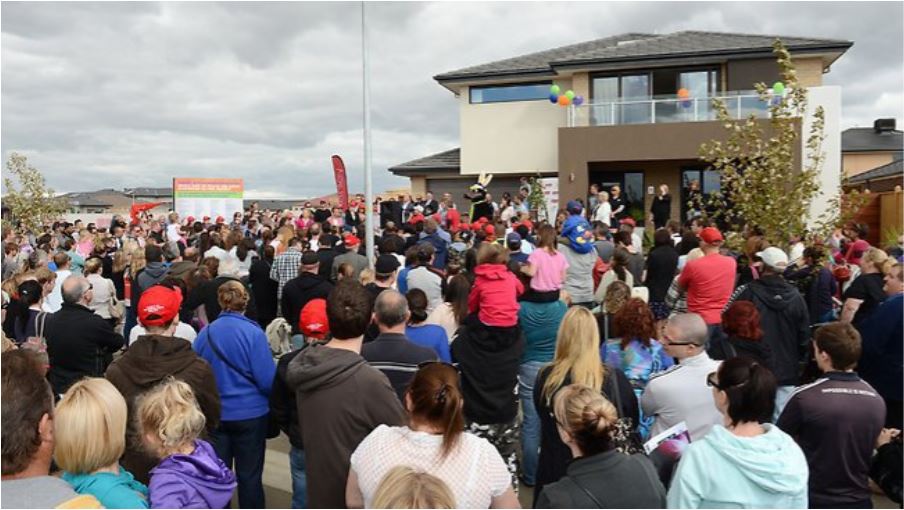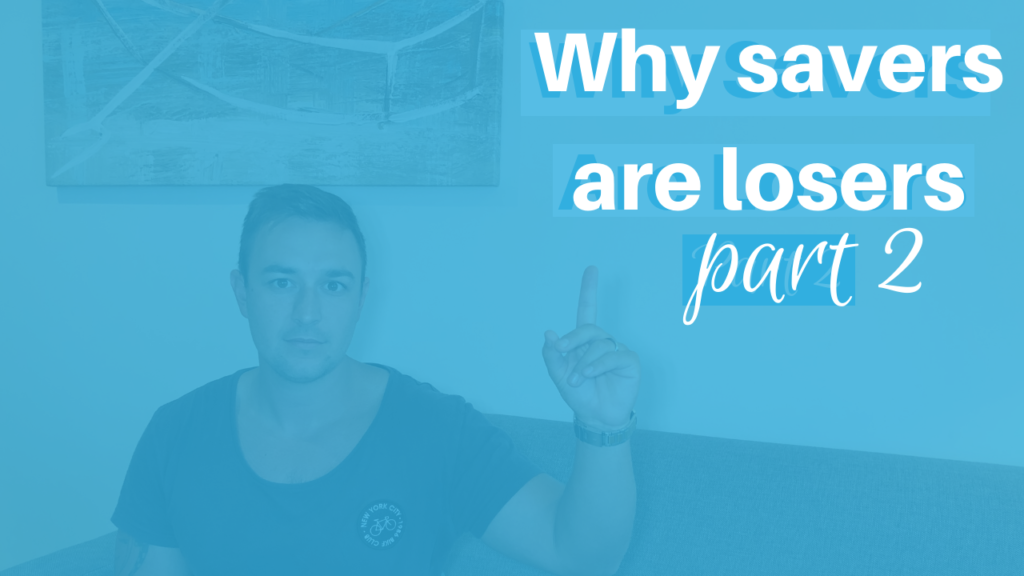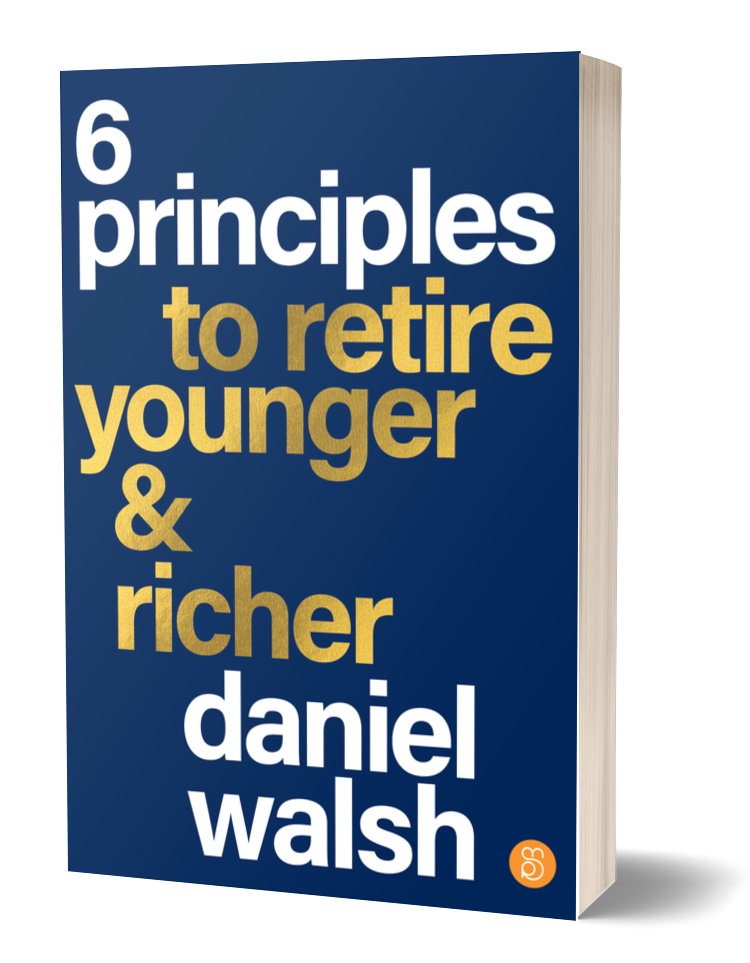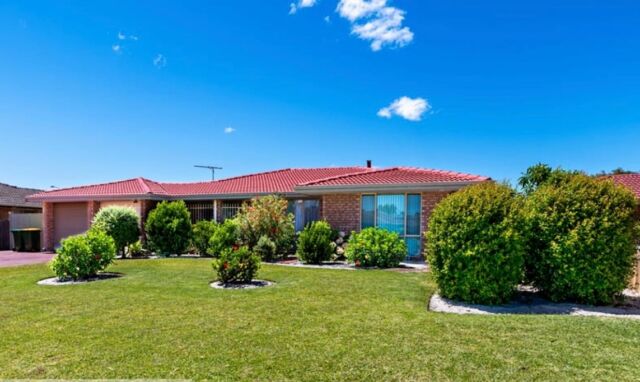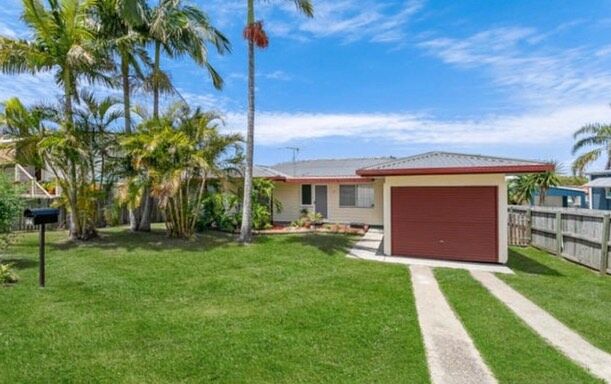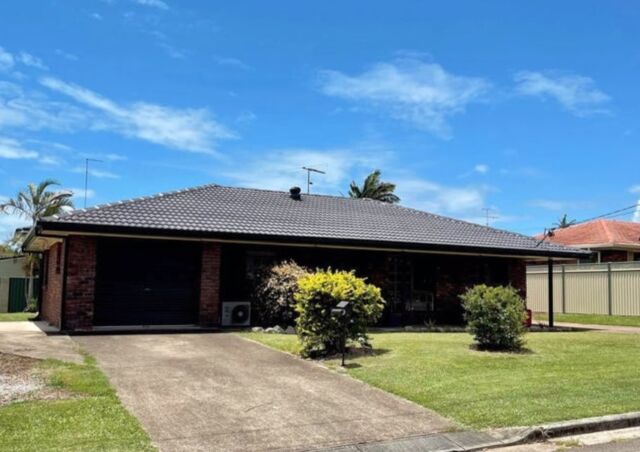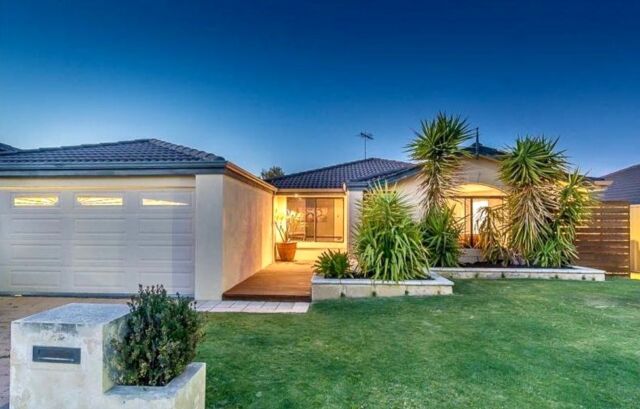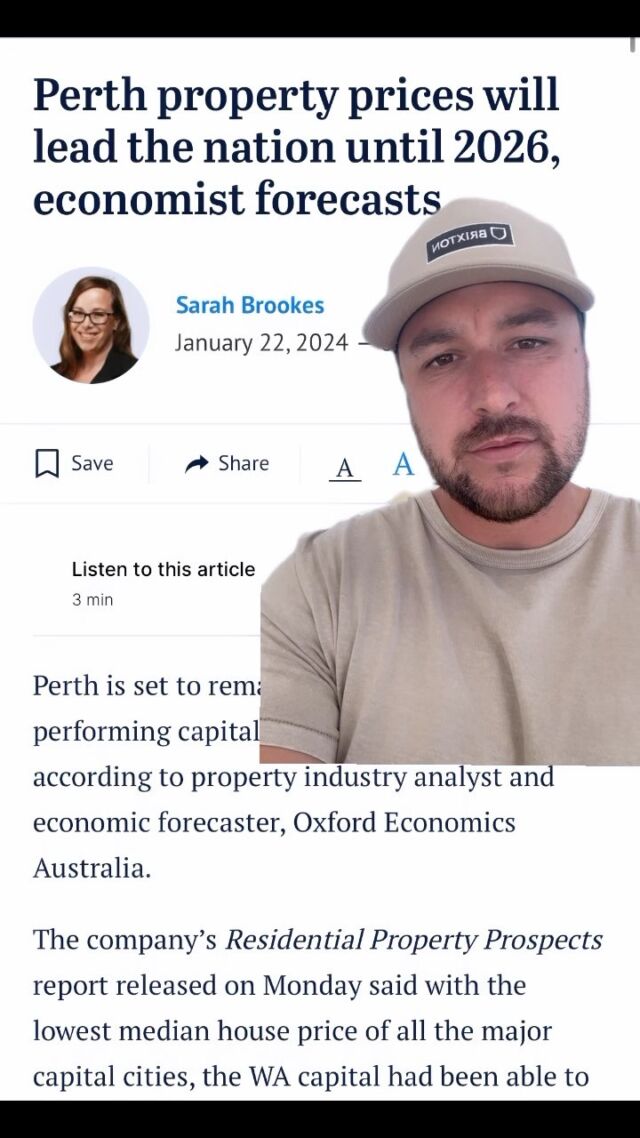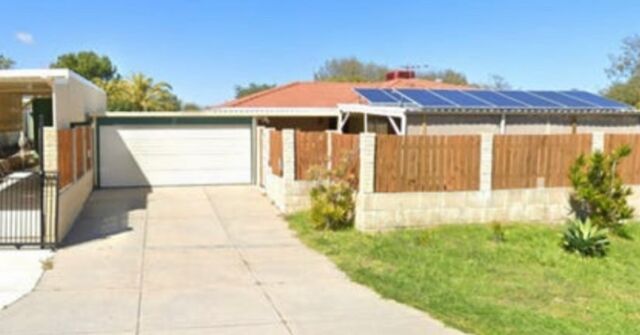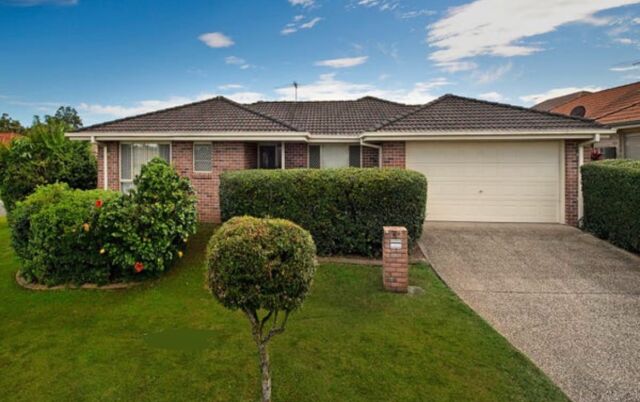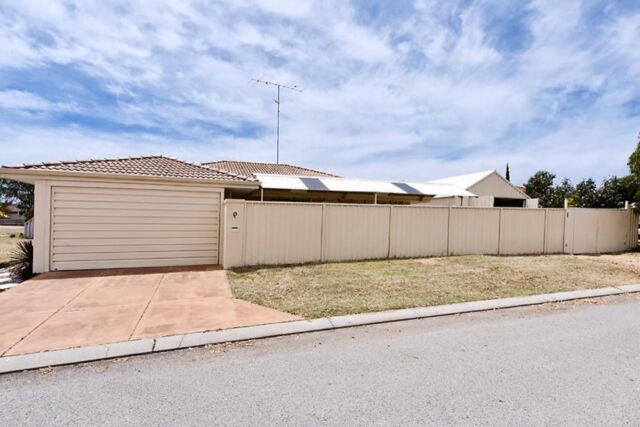A re-elected Coalition Government will guarantee deposits for first home buyers it was announced on Sunday.

Why is that?
Well, it creates a key point of difference with the Australian Labor Party’s plans to restrict negative gearing and reduce the Capital Gains Tax discount.
However, a policy to help more first home buyers into the market by assisting with deposits also makes more financial sense than one that potentially reduces property values wholesale.
Winning at any cost
Unsurprisingly, a mere few hours after the policy was unveiled, the ALP announced they would match it, which just goes to show that winning the election is more important to a potential Shorten Government than being able to afford any of its policies.
What many people won’t read in the media this week is that assisting first home buyers into the property market has been around for decades in one form or another.
While the latest statistics show that first home buyer activity is at historical averages, there is no doubt that saving 20 per cent has always been a struggle for most first-timers.
That’s why underwriting a percentage of the deposit will not only help more young people become property owners sooner it will also save them having to pay for Lenders Mortgage Insurance or LMI.
LMI is a fee that is charged on loans that have deposits of less than 20 per cent and is usually capitalised (or added) on to a home loan.
Of course, that means that the borrower is paying off that additional figure, with interest, for years to come.
So, the scheme saves first home buyers having to fork out for an insurance policy that at the end of the day protects banks and not borrowers.
Scheme won’t drive up prices
Also, there has already been much talk about how the scheme will “drive up prices”.
Seemingly, if first home buyers have $50,000 “more” money to spend, they will automatically pay more for a property.
Of course, they don’t because the scheme is a loan and not a financial gift.
Also, while detail on the scheme is still scant, my understanding is that there will be a stringent approval process, which probably includes loan pre-approval limits.
It has already been announced that there will also be limits on property prices as well, similar to what is already in place for many first home buyer concessions and grants in each State and Territory.
There has long been conjecture about whether grants or schemes like these drive up prices.
However, let’s consider when the First Home Owners Boost came into play to boost the property market during the GFC, which was for about a year from October 2008.
That was one of the most generous grants ever announced with first home buyers receiving $14,000 to buy established properties and $21,000 to buy new ones.
Does anyone remember what Sydney dwelling prices were doing back in, say, 2010 to 2012?
According to CoreLogic, they fell about 3.7 per cent.
In fact, dwelling values fell by about 6.5 per cent nationally, including in every State and Territory.
This week, some elements of the media would like us to ignore these statistics as it doesn’t marry with their narrative.
Ditto, with the last time that negative gearing was changed in the 1980s.
Me?
I’d rather stick with my understanding of what has happened before – and what is likely to happen again.



